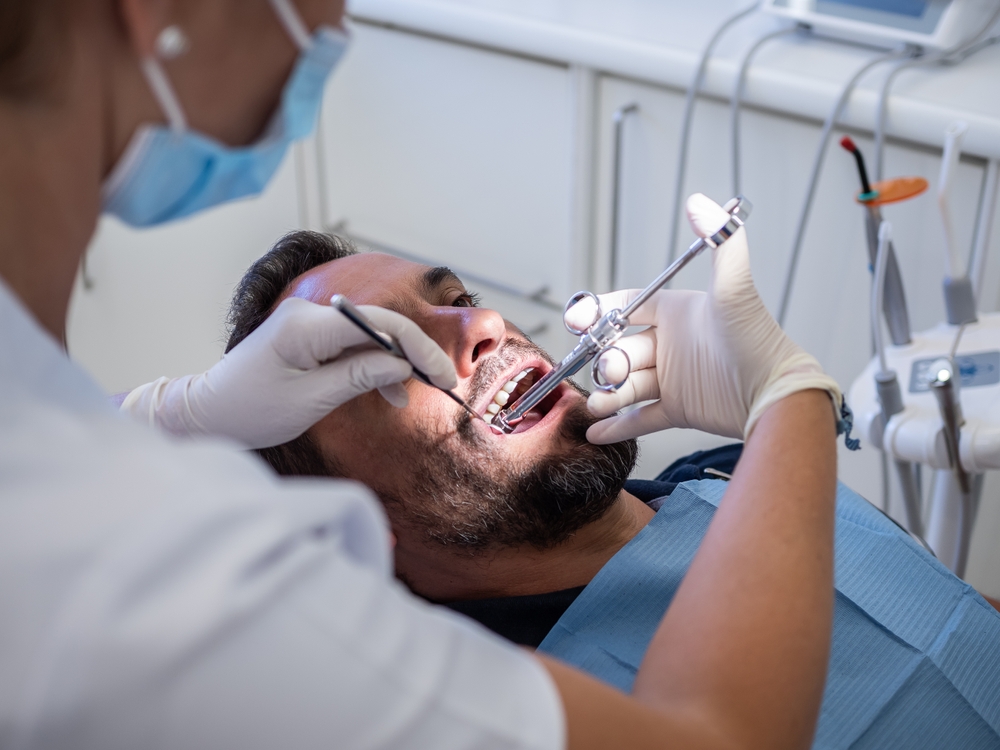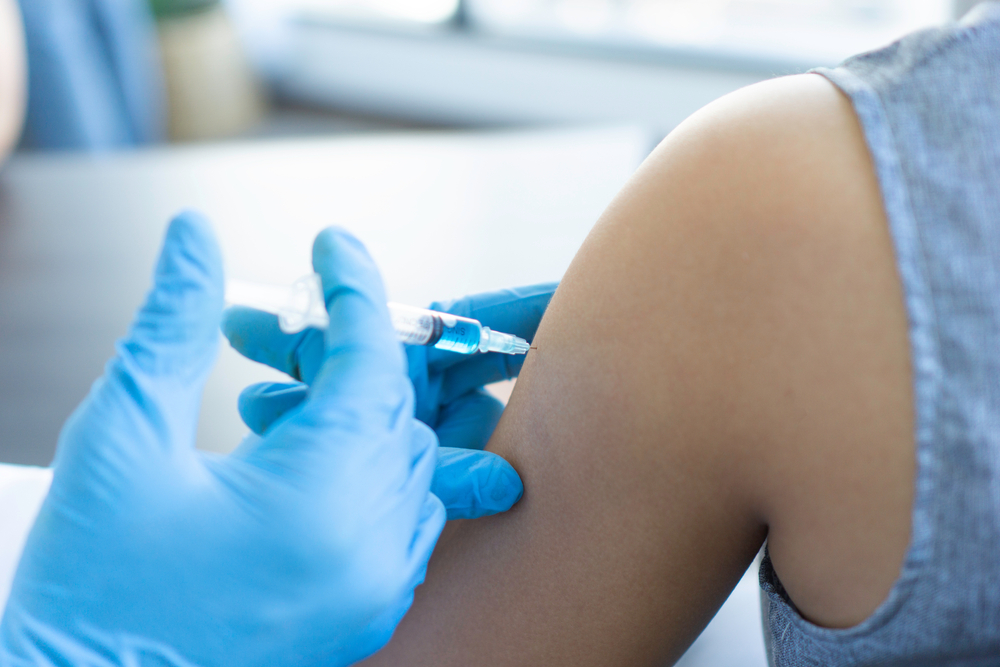 Research presented recently at the American Diabetes Association (ADA) 77th Scientific Sessions in San Diego warned that clinicians managing blood glucose levels in critically ill children should ascertain that they are not treating false elevations of blood glucose caused by acetaminophen interaction.
Research presented recently at the American Diabetes Association (ADA) 77th Scientific Sessions in San Diego warned that clinicians managing blood glucose levels in critically ill children should ascertain that they are not treating false elevations of blood glucose caused by acetaminophen interaction.
The researchers from Boston and Philadelphia determined that after acetaminophen is administered, clinicians should wait between 2.4 and 3.7 hours to avoid treating falsely elevated blood glucose levels. Peak concentrations of acetaminophen were found to be higher when measured by continuous glucose monitor (CGM) devices when administered intravenously vs. enterally or rectally.
Acetaminophen and Stevens-Johnson Syndrome
Besides causing elevated blood glucose levels in children, acetaminophen has been linked to other serious illnesses, including Stevens-Johnson Syndrome (SJS), a life-threatening and extremely painful condition.
Symptoms of SJS include:
- Cough
- Headache
- Rash
- Blisters
- Widespread damage to the surface of the skin
Stevens-Johnson Syndrome typically requires hospitalization and in some cases can even result in death. In 2013, the U.S. Food and Drug Administration (FDA) issued a warning directing the makers of acetaminophen products to intensify their warnings about Stevens-Johnson Syndrome and advising patients who develop symptoms of the skin disease to stop taking acetaminophen and seek immediate medical attention. The warning came after the FDA its own Adverse Event Reporting System, identifying 107 cases of adverse skin reactions between 1969 and 2012 that were connected to acetaminophen.
Acetaminophen has also been linked to toxic epidermal necrolysis (TEN) and acute generalized exanthematous pustulosis (AGEP). While AGEP usually resolves within two weeks of stopping the medication, TEN usually requires hospitalization and can be fatal. A serious skin reaction can occur at any time, even in those who have taken acetaminophen previously without incident, and there is no way of predicting who might be most at risk.
Other Dangerous Drugs News
While Suboxone helps fight opioid addiction, it’s now at the center of a growing legal battle over severe, preventable dental harm not disclosed to patients for years.
Women across the U.S. are filing lawsuits against Pfizer after a major study linked long-term use of Depo-Provera to a fivefold increase in the risk of developing brain tumors known as meningiomas.
Women diagnosed with meningiomas after using Depo-Provera may be eligible for financial compensation, as lawsuits claim Pfizer failed to warn about the potential risk of brain tumors.
Patients who took Tepezza for thyroid eye disease and suffered hearing loss—including deafness—are now suing the manufacturer for failing to warn of these devastating side effects.
Despite growing evidence that Tepezza may cause hearing loss or tinnitus, the drug remains on the market—and lawsuits are mounting against its manufacturer.
Despite FDA label updates, critics argue Injectafer warnings still downplay serious hypophosphatemia risks—leaving patients uninformed about potentially life-threatening side effects following iron infusions.







